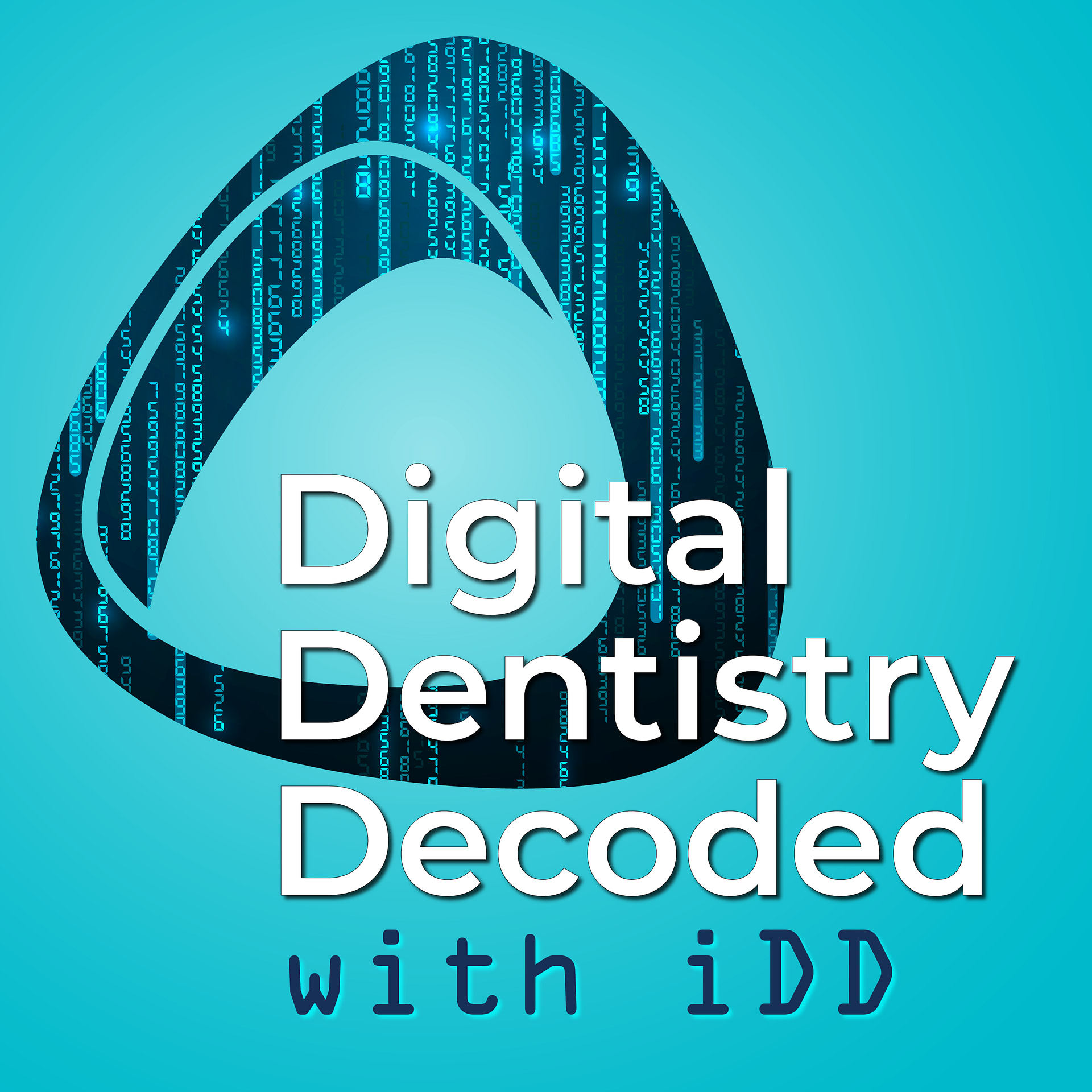The world of digital dentistry is evolving at breakneck speed, and at the forefront of this revolution is 3D printing technology.
Following our insightful discussion with Kevin Kim from Imagoworks about AI-powered CAD solutions, we dive deeper into the 3D printing realm.
In our latest podcast episode, we had the pleasure of sitting down with Cory Lambertson, General Manager of Americas for Asiga, to discuss the exciting developments in this field. With his rich background in both dental laboratory operations and corporate dentistry, Cory offers unique insights into the current state and future prospects of 3D printing in dentistry.
3D Printing: More Than Just Hype
While 3D printing has been generating significant buzz in the dental community, Cory emphasizes that it's more than just hype. The technology has made substantial strides, particularly in the lab setting.
As Cory points out, "When we look at just going digital in general the labs kind of are, they're forced to go digital in some sort of way."
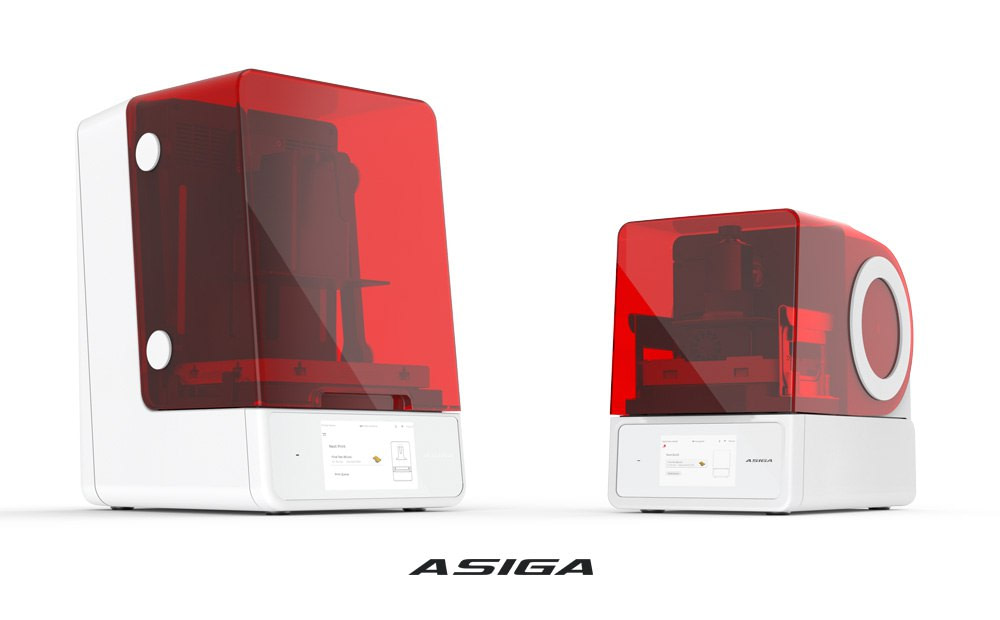
The adoption rate in labs is impressive, with Cory noting that "in large labs, it's like 90% adoption." This high adoption rate is driven by the efficiency gains and improved productivity that 3D printing brings to the table. For mid-size labs, the adoption rate is around 50%, indicating that there's still room for growth.
Chairside Applications: The Next Frontier
While labs have been quick to adopt 3D printing, the technology is now making significant inroads into chairside applications. Cory highlights that "there's a paradigm shift or a pivoting point where the clinicians are starting to take it on."
This shift is opening up new possibilities for in-office production of various dental appliances.
One of the key advantages of 3D printing for chairside use is its versatility. As Cory explains, "There's so many, like I guess simple applications that clinicians can use a 3D printer for that it just makes sense that they produce some things in-house."
These applications include models, surgical guides, splints, and even temporary restorations.
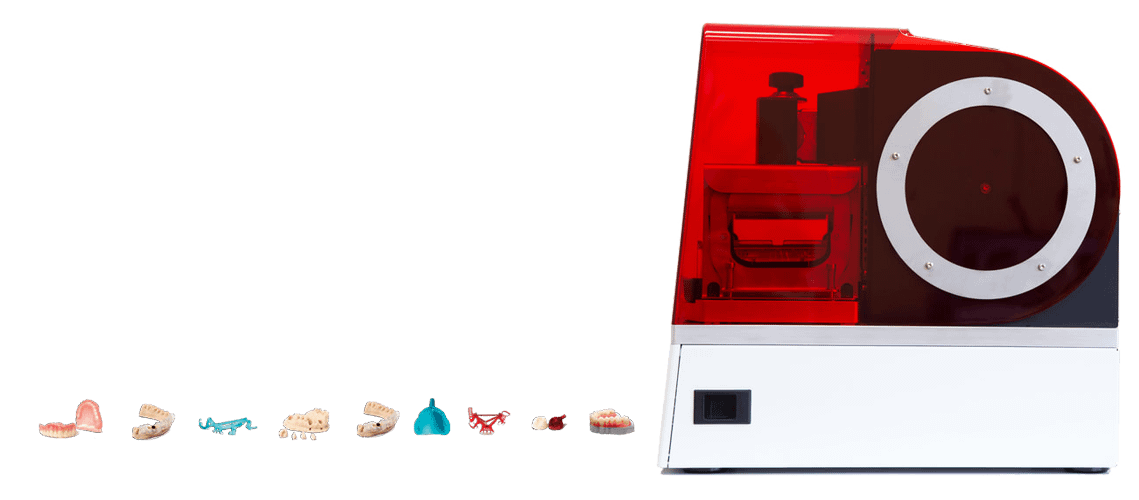
The Material Game
One of the most exciting aspects of 3D printing in dentistry is the ongoing development of new materials. Cory emphasizes the importance of this, stating, "the player with better resins will win." This focus on material development is driving innovations that are expanding the range of applications for 3D printing in dentistry.
Asiga's approach to materials is particularly noteworthy.
As Cory explains, "We're one of the only truly open 3D printers in the dental market, and when I say truly open, I mean you can print any resin from any manufacturer without any limitations, without any fees, without any unlocking needed." This open approach gives dentists and labs the flexibility to choose the best materials for their specific needs.

The Future of 3D Printing in Dentistry
Looking ahead, Cory sees a bright future for 3D printing in dentistry. He predicts that "in the next three years, we will see that becoming more mainstream simply because the solutions are being built around it." This includes advancements in AI-driven design software and improvements in material chemistry.
One area where Cory sees particular potential is in the printing of permanent restorations. While acknowledging that there's still work to be done, he notes that "we have a study coming out, which have not been published yet, where there's a university in Brazil that's compared Automate to manual designs. And all on blind compared as a blind comparison. And there Automate wins."
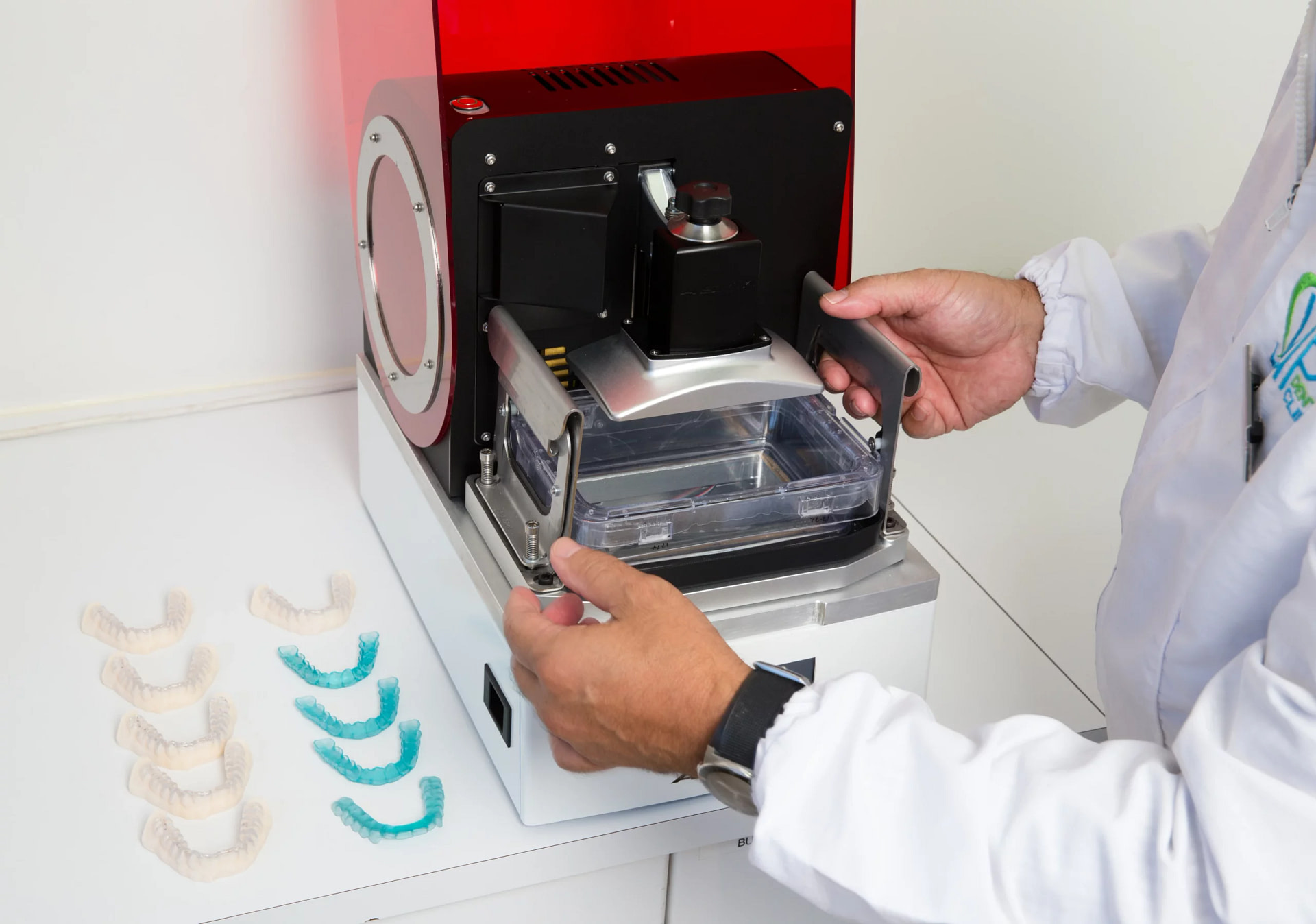
The Importance of Post-Processing
An often overlooked aspect of 3D printing in dentistry is the importance of post-processing. Cory stresses this point, stating, "The accuracy of the 3D printed part is related to not only the 3D printer but the post-curing and it is more in the post-curing than the 3D printer."
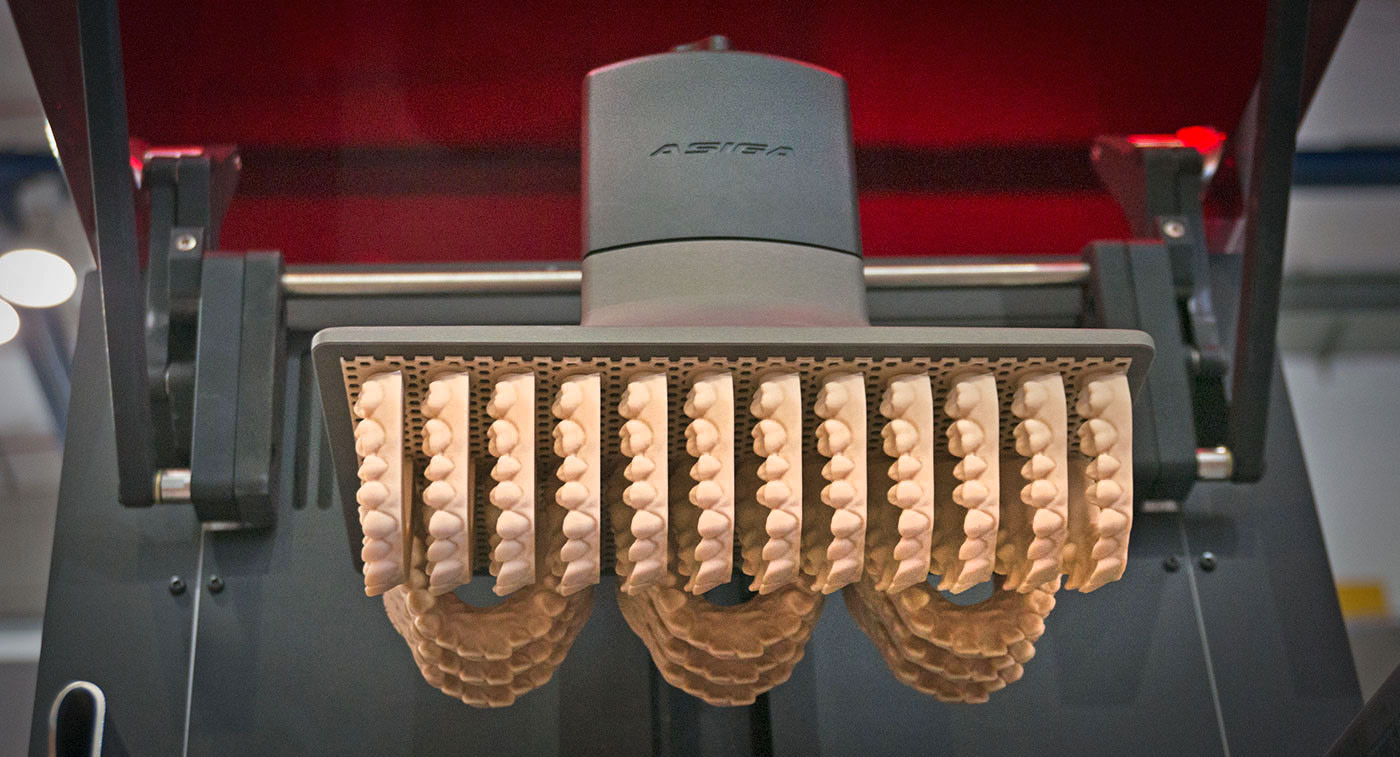
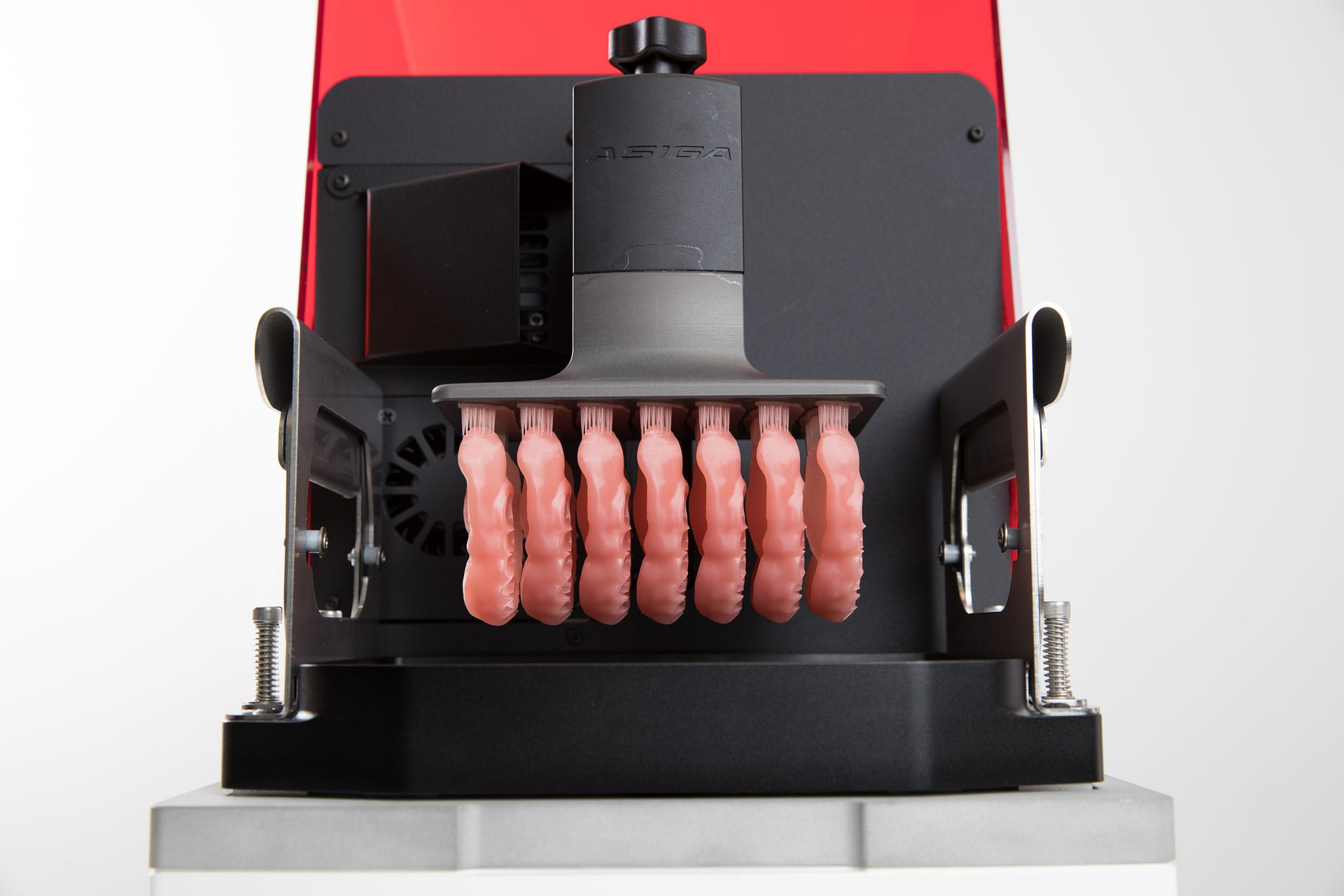
This highlights the need for a comprehensive approach to 3D printing that considers the entire workflow, not just the printing process itself.
Challenges and Opportunities
While the future of 3D printing in dentistry looks bright, there are still challenges to overcome. One of these is the perception that 3D printing is difficult or time-consuming. Cory counters this, saying, "I think we've timed it that in 15 minutes you can be up and running with a 3D printer."
Another challenge is educating dentists about the benefits and applications of 3D printing.
As Cory notes, "The key to the success of 3D printing or any new technologies is education." This underscores the importance of continued learning and professional development in the field of digital dentistry.
Conclusion
The 3D printing revolution in dentistry is well underway, offering exciting possibilities for both labs and clinicians. As the technology continues to evolve and new materials are developed, we can expect to see even more applications for 3D printing in dental practices.
At iDD, we're committed to keeping you informed about these developments and helping you navigate the ever-changing landscape of digital dentistry. Whether you're considering adopting 3D printing in your practice or looking to expand your current capabilities, staying informed about the latest advancements is crucial.
As Cory advises, "Start small. Um. I picked earlier, I talked a little bit about splints. It doesn't have to be splints, it could be surgical guides, it could be something else, but I would start some, somewhere small, um, to kind of make sure you're comfortable with, with the u utility of what you're delivering to your patients."
Stay tuned for more insights and updates as we continue to explore the cutting edge of dental technology. The future of dentistry is digital, and 3D printing is playing a pivotal role in shaping that future.

